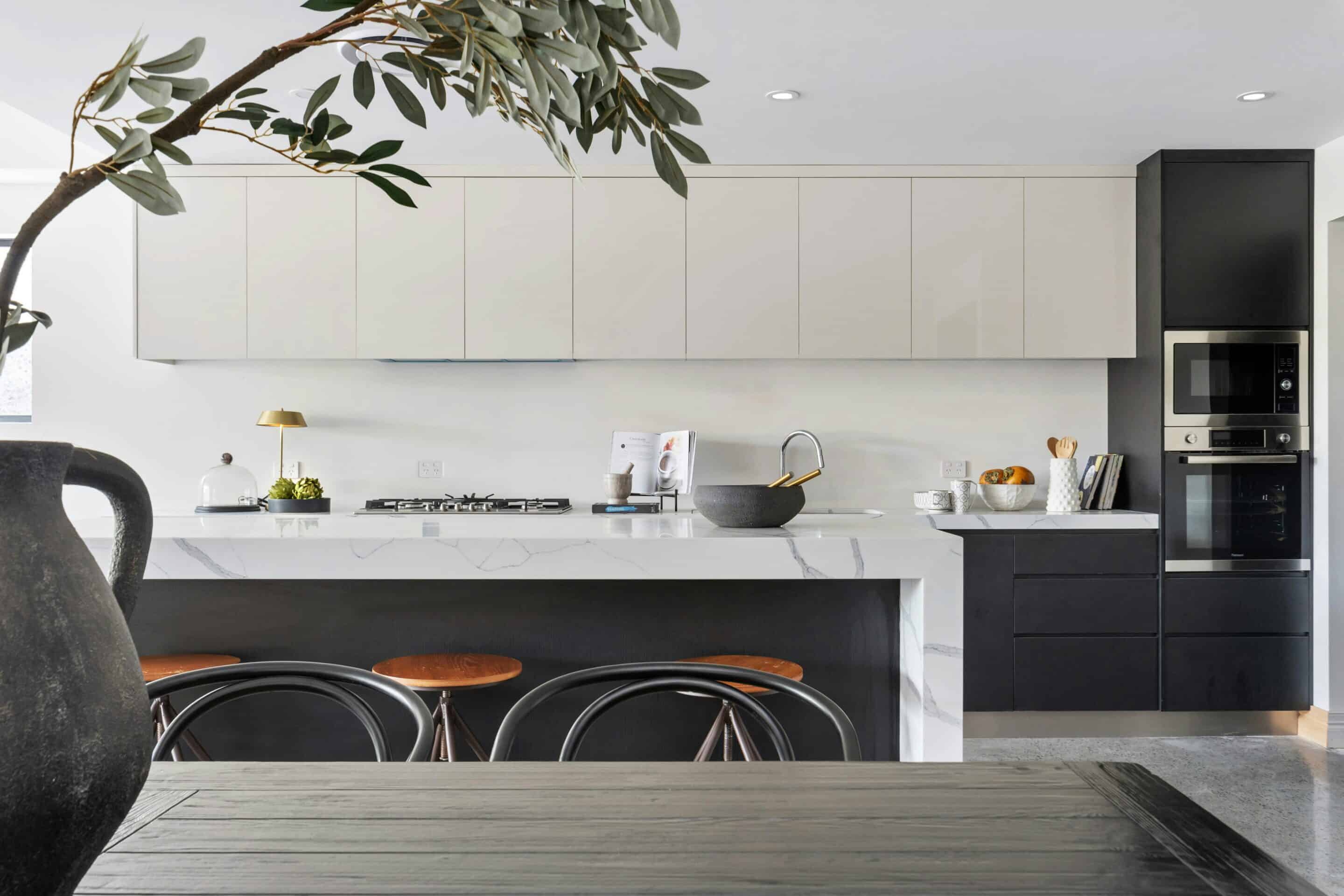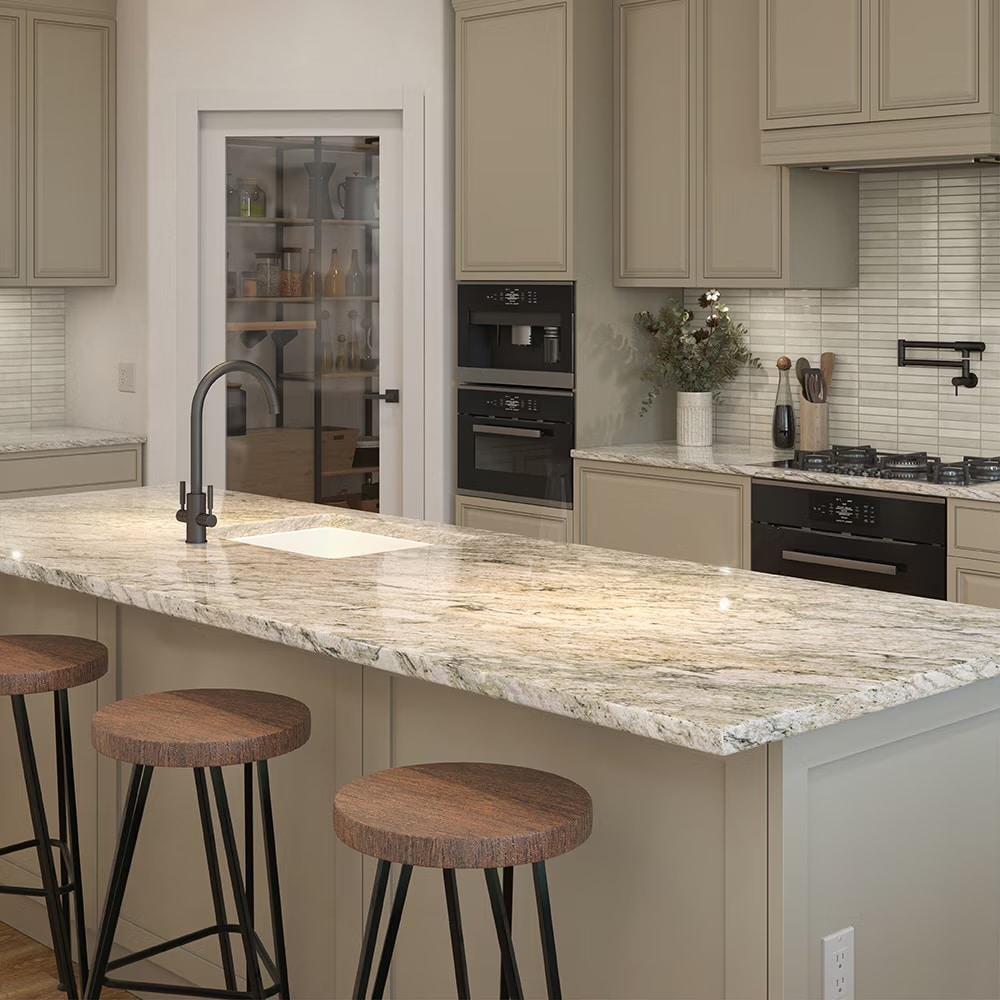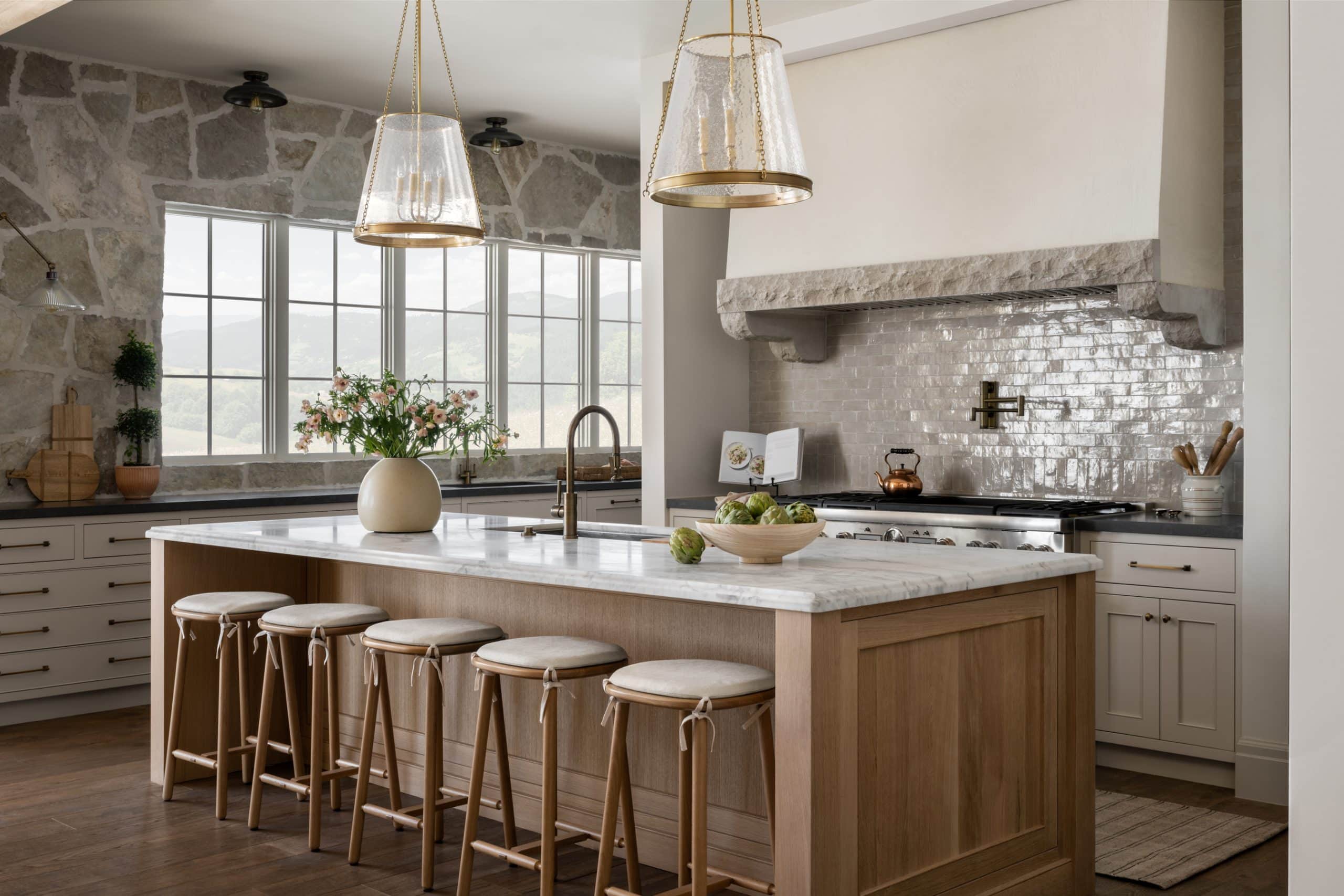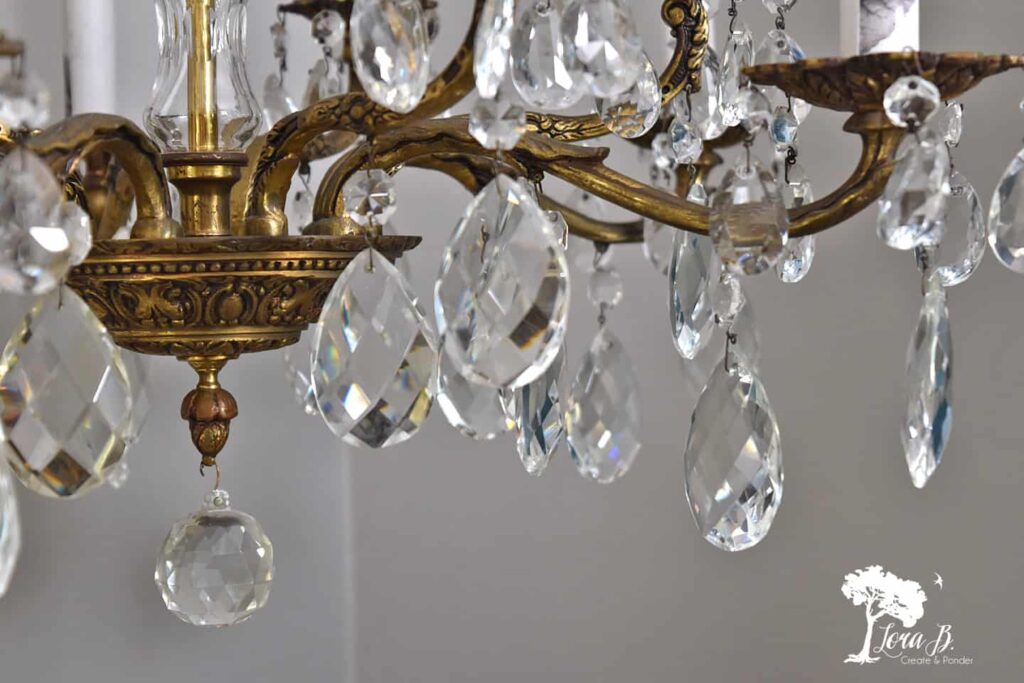When it comes to getting started on a kitchen remodel, making well-informed choices is the key to achieving a successful outcome. Whether you’re a seasoned interior design professional or a homeowner with a passion for creating a beautiful kitchen, this kitchen renovation finishes guide will help you understand the essential finishes and all the choices that need to be made.
How to Choose Your Kitchen Cabinets: Style
Your choice of cabinetry sets the tone for your kitchen’s overall style. Consider classic wood or white/off-white or cream for a timeless look, sleek lacquered finishes for modern aesthetics, or you may want to experiment with a trendy two-tone design.
There are style preferences you likely have. Do you have a mood board? This handy tool will help keep you on track with a palette that reflects your design aesthetic.
There are three common cabinet door styles:
Shaker Style: shaker doors feature a simple and clean design with a recessed centre panel, giving them versatility and timeless appeal.

Studio McGee
Raised Panel Style: raised panel doors have a centre panel that is elevated, adding depth and dimension to the door. This style is often associated with traditional and classic kitchen designs.

Skelley Build
Slab or Flat Style: slab or flat doors are characterized by their smooth and flat surface. This minimalist design is commonly found in contemporary and modern kitchen settings.

Steve Ungermann via Unsplash
How does one make an informed choice? Look at your home. What style is it? This should be taken into consideration when deciding which direction to go with your kitchen cabinetry. There is no world I live in where a sleek, modern kitchen looks right in a Victorian-style home. Nor should a rustic, country cabin kitchen be installed in a contemporary, downtown loft.
Countertop Materials: Design & Material Considerations
Countertops are more than just surfaces; they are workhorses in the kitchen. Explore a variety of materials, including granite, marble, quartz, and laminate, to find the right balance between aesthetics, functionality and your budget.
The other thing that countertops can be is the key element; the one to choose all the other finishes around. The reason for this is that the most visually busy object should be the one to take center stage. The other finishes complement and play supporting roles to the loud talker in the room.

daltile.com
How to Choose Complementary Finishes
Bring a sample of your countertop (or your busy object) to the store and systematically place tile and flooring samples on top, one after another, until you discover the ones that complement it the most. It’s possible that only a couple will harmonize well, so persist in your search until you find the one that truly works the best to showcase the countertop pattern and colour.

Charlene J Smith
Pro Tip: Once you have started gathering samples, lay your materials out. Set them up beside each other so you can see the way the colours and undertones work together, or that they don’t! You will quickly and easily be able to determine which items might need tweaking by laying everything out on a white background or surface. Utilizing this “white background” tool will keep you on track, guiding you to the right choice of each material.
Choosing Flooring: Material & Design Options Matter
Kitchen floors endure a lot of wear and tear, so durability is paramount. Consider hardwood for warmth, ceramic or porcelain tile for resilience, or vinyl for low-maintenance convenience. Your choice should align with your lifestyle and the overall design of your kitchen.
Also be aware of what the new floor is going to butt up against. If you have hardwood in the rest of your home and you want hardwood in your kitchen, then it should be the exact same hardwood. Not a lookalike, not a vinyl mimicking wood, the exact same. If that is not possible, choose a tile or other material to “complement” the wood. It should not be wood or anything pretending to be wood.

tiletoria.com
When determining the best flooring choice for you, in regard to aesthetics and complementing others, remember that if your countertop is the one that has the colour and the personality, then your floor should be quietly supportive, not loud itself.
Backsplash Selection: Adding Personality?
The backsplash is usually where people want to infuse personality and colour into their kitchen. There are many loud and super on-trend options. Word of advice: don’t get caught in the “backsplash trap.” Your backsplash should harmonize with your cabinet and countertop finishes, be a support, to create a balanced look. Many kitchens quickly become tired when homeowners choose to go overboard with the backsplash.
Who is the busy visual in your kitchen now? Again, is it the granite countertop? If so, then the perfect complement to that will be a simple subway tile in a colour matching/marrying your kitchen cabinets. Or pull a colour from the granite. There’s so many ways to say this: backsplash is not the place to add personality. What adds personality is the decorating that gets to happen because you were smart and chose a supportive and quiet backsplash. The end.

Studio McGee
Appliance Finishes: Blending Form and Function
Modern kitchen appliances offer a range of finishes, from stainless steel to black stainless steel, matte options, and custom panel-ready designs. Consider not only the visual appeal but also the functionality of your chosen appliances.
Choosing the appliances first is the best way to work a kitchen design. Create a layout of the space to determine which size and type of appliances will best suit your kitchen. Talk to an appliance specialist to get all the details on the function of each appliance.
Then the colour should align with the other elements you choose. Stainless steel goes with everything. Black is a bit more dramatic and if you choose white, be very cognizant of undertones if choosing white cabinetry. White is complicated.
For example, these appliances look too white next to the off-white cabinets:

Oxbury Warehouse
Ensuring your appliances align with your kitchen’s style and colour scheme is as important as how they are going to function for you. Choose them based on what you need them to do for you and how they fit into the space, and then on how their finish is going to blend in with the overall design. It’s best to choose something that “complements” as opposed to trying to “match”.
Fixture Finishes: Attention to Detail
Details matter, and that includes finishes for faucets, cabinet handles, and lighting fixtures. Options like brushed nickel, chrome, and oil-rubbed bronze can significantly impact your kitchen’s overall aesthetic. Pay attention to these details and consider mixing the metals. This adds character and depth to a space, creating a thoughtfully appointed look.
Pro Tip: If your appliances are stainless steel, consider adding a warm metal like brass or bronze in hardware and lighting.
By selecting kitchen accessories in varied metal finishes, you can elevate your design with layers and personalization. The artful mix of metals introduces character and depth, resulting in a kitchen that feels meticulously curated. Balance is important—repeat each finish at least once, with no more than 3 metal choices, to ensure that the metals enhance as opposed to detract from the overall look.
Lighting Selection: Illuminating Your Space
Effective lighting is essential in the kitchen. Consider task and ambient lighting carefully. Pendant lights above islands or dining areas add both function and visual appeal. Under-cabinet lighting enhances task lighting for food preparation. Recessed lighting and chandeliers contribute to ambiance and mood.
A very popular lighting choice is the LED pot light. It provides excellent light and overall illumination. If you do opt for this very functional form of lighting, remember to put dimmers on the switches and note that the number of fixtures needed is minimal due to their high efficiency. Ceiling mounted lighting, decorative lamps and alternate light sources provide a more pleasing atmosphere. Whenever possible opt for at least 3 different sources of light.

Chandelier5 – Lora Bloomquist
Take your time to explore options, consider practicality, and envision the kitchen of your dreams. Your remodel journey offers a chance to be creative and transform your space, and with the right knowledge, you can turn it into a rewarding experience. Whether you’re refining your design or just starting out, this kitchen renovation finishes guide can help you make confident, cohesive choices every step of the way.
Should you find yourself unsure of how to pull it all together you can download a super helpful tool in my Kitchen Renovation Planning Guide, a resource designed to make your kitchen renovation seamless. Need a bit more hands-on assistance? We can walk through a Virtual Consultation to answer some of your questions and get you headed in the right direction.


